Introduction
Wolff-Parkinson-White Syndrome occurs in about 0.3% of the population (1), although this is an underestimate, as evidence of pre-excitation on the ECG my be transient. The characteristic delta wave indicates that the accessory pathway conducts faster than the Atrioventricular (AV) node, thus resulting in pre-excitation. However, the refractory period of the accessory pathway may change meaning that the only way to recognise the presence of the syndrome, is to consider it, when a patient presents with palpitations and a tachycardia.
The Basics of Wolff-Parkinson-White
Some of the ECG findings that it’s known by today were first published in 1915 (2) , however it was not until Drs. Wolff, Parkinson and White described the syndrome in 1939, that it become known by its present name (3).
The ECG findings in WPW are:
(a) A short P-R interval (<120 ms)
(b) A Delta Wave
(c) A wide QRS (>120 ms)
The Syndrome occurs when there is conduction along an accessory pathway, leading to a tachyarrhythmia.
SHORT PR INTERVAL, THE DELTA WAVE AND WIDE QRS
The PR Interval, which represents the passage of an impulse through the AV node to the HIS-PURKINJE system is in fact the same. The appearance of a short PR Interval is given by the presence of a delta wave, which is the hallmark of WPW and it signals pre-excitation. The upward slurring of the QRS complex results from premature excitation and early depolarisation of the ventricular myocardium, by an atrial impulse travelling in an anterograde (atria to ventricles) fashion through an accessory pathway, thus avoiding the blocking effects of the AV node. The early ventricular depolarization that occurs is disorganised and slow, resulting in an early widening of the QRS Complex. As AV nodal conduction occurs, the terminal QRS narrows.
The accessory pathway, first described by Kent(4) in 1893 can occupy various locations with each, altering the morphology of the QRS configuration.
The Bundle of Kent can communicate between:
1 The Left Atrium and Left Ventricle. This is a Type A pre-excitation pattern resulting in a positive R Wave and delta wave in V1. Tall R waves and inverted T waves in V1-3 mimic right ventricular hypertrophy, which is not present. aVL has a negative delta wave and this mimics a q wave. This is a pseudo-infarction pattern. (Please note that some of the images below are taken from LITFL)
2 The Right Atrium and Right Ventricle. This is called Type B pre-excitation and results in a negative delta in V1. There is a dominant S wave in V1. There are criteria for LVH especially with tall R’s and inverted T waves in V4-6, however there is no LVH
In a further example of Type B WPW notice the pseudo-infarction pattern caused by the inverted delta waves in III and aVF.
ATRIO-VENTRICULAR RE-ENTRY TACHYCARDIA
Accessory pathways have the potential to conduct in an anterograde (atria to ventricles) or retrograde (ventricles to atria) direction. 60% have bi- directional conduction (5)
Patients with WPW can present with Atrioventricular Re-entry Tachycardia, initiated by a premature atrial complex that travels down the AV node. It occurs at a time when the accessory pathway has a refractory period longer than the AV node.
This premature complex will travel down the AV node in an anterograde fashion i.e. via orthodromic conduction and depolarize the ventricles via the HIS-PURKINJE System. It will then pass back to the atria via the accessory pathway. If the atrial fibres are not refractory when they receive this impulse, they will depolarize before being depolarized by the Sino-atrial node, thus setting up a re- entrant circuit. The QRS complexes are narrow as depolarisation is via the His- Purkinje System.
In this type of re- entrant circuit the p wave may be seen following the QRS, for a short r-p interval, although this is not exclusive to this tachycardia and cannot be used to make the diagnosis.
Above is an example of orthodromic conduction. There are no p waves seen and the rate is ~225
In approximately 5% of cases, the conduction is retrograde ie., the impulse passes down the accessory pathway and then retrogradely up the AV node. In these cases, the QRS is wide and may be indistinguishable from VT.
The ECG for retrograde tachycardia is below. Notice the broad complex tachycardia (rate 192)
ATRIAL FIBRILLATION AND WPW
Atrial fibrillation occurs in up to 30% of patients with WPW (7) and it is far more prevalent in those with evidence of pre-excitation on ECG, when compared to those with concealed pathways (54% vs 3 %) (7)
The role of the accessory pathway to the development of atrial fibrillation is not fully understood. The anterograde property of the accessory pathway may be essential for the development of atrial fibrillation due to it having a shorter refractory period(8). Alternatively, it may not be essential for the initiation of atrial fibrillation but may have a role in facilitating its perpetuation.
Conduction in atrial fibrillation is almost always antidromic, ie ., down the accessory pathway and up the AV node resulting in a wider QRS complex. 25% of patients with WPW have accessory pathways with short anterograde refractory periods. The short refractory period allows 1:1 conduction of impulses, resulting in very rapid ventricular responses, which may result in a deterioration of rhythm to ventricular fibrillation(9).
An R-R interval of <250msec (6.25 small squares) during atrial fibrillation is a marker for the development of ventricular fibrillation in patients with WPW (10)
The ECG for atrial fibrillation and WPW will be:
(i) fast- rates will approach 300 beats per minute.
(ii) Irregular- this is due to intermittent AV nodal conduction to the ventricle
(iii) Polymorphic QRS Appearance- This may be due to the conduction down several accessory pathways (11) or the fact that some impulses are conducting down the AV node (narrow) or down the accessory pathway (wide). It may be also due to the varying fusion of impulses that propagate through both the accessory pathway and AV node.
Notice the very fast rates, in many cases approaching 300 bpm.
The morphology of the QRS varies and the complexes are irregularly irregular.
Sometimes however, it is difficult to differentiate from VT. However if we look below, it is not the classic twisting of the points.
The differential diagnosis for wide irregular tachycardia is
(i) WPW plus atrial fibrillation.
(ii) Polymorphic Ventricular Tachycardia
(iii) Atrial fibrillation with inter ventricular conduction delay.
(iv)
ATRIAL FLUTTER AND WPW
Atrial Flutter with WPW is far less common than atrial fibrillation, however conduction is similar to atrial fibrillation. The impulse travels down the accessory pathway and up the AV node in a retrograde fashion, resulting in a wide QRS complex and rates approaching 300 bpm.
Notice the regular wide complex tachycardia here at rates of 300. This is far too fast to be VT.
MANAGEMENT OF PATIENTS WITH AF AND WPW
Unstable patients need sedation and electrical cardioversion.
The stable patient with a wide complex tachycardia that is considered suitable for pharmacological cardioversion is the challenge. Beware that this is not a WPW patient and understand the significance of a wide complex tachycardia.
Any medication given that slows the AV node conduction but does not lengthen the refractory period of the accessory pathway, can result in more complexes passing through the accessory pathway accelerating the ventricular rate and precipitating ventricular fibrillation.
The 2014 American Heart Association guidelines on the management of atrial fibrillation and WPW , have changed from previously and state: “Administration of amiodarone, adenosine, digoxin or non dihydropyridine calcium channel antagonists in patients with WPW syndrome who have pre-excited AF is potentially harmful as they accelerate the ventricular rate”(12)
Rule 1: It must be wide to be considered as VT, ie >160msec.
Rule 2: VT rarely, if ever, is faster than 180 bpm. ECG’s with rates greater than 200-220bpm, must make you suspicious for an accessory pathway.
Rule 3: VT is a regular rhythm. It is exquisitely regular
Rule 4: In a rapid wide complex rhythm, the morphology of the QRS, should be the same, ie., QRS morphology should not change. If it does, it may be polymorphic VT(look for the twisting around the axis) or it may be atrial fibrillation with WPW
The solution: Any wide(>16msec) regular or irregular tachycardia, greater than 200bpm, give 200J.
REFERENCES
- WILSON F N . A case in which the vagus influenced the form of the ventricular complex of the electrocardiogram. Arch Intern Med 1915;16:1008-27
- Wolff L, Parkinson J, White PD. Bundle Branch Block with short PR Interval in healthy young people prone to paroxysmal tachycardia Am Heart J 1930;5:685-704
- Scheinman M. History of Wolf-Parkinson-White Syndrome. Pace 2005;28:152-6
- Berkmann NL, Lamb LE. The Wolff – Parkinson- White Syndrome. A follow up study of five to twenty-eight years . N Engl J Med 1968; 278 :492-4
- Rosner M. Brady W. Kefer M. Martin M. Electrocardiography in the patient with Wolff- Parkinson—White Syndrome ; diagnostic and initial therapeutic issues .Am J Emerg Med 1999:17:705-14
- Tortorello et al. Frequency of recurrence among infants with supraventricular tachycardia and comparison of recurrence rates among those with and without pre-excitation and among those with and without response to digoxin and/or propranolol therapy. Am J Cardiol 2003:92:1045-9
- Centurion O , et al. Mechanisms for the genesis of paroxysmal atrial fibrillation in Wolff- Parkinson- White Syndrome. Intrinsic atrial muscle vulnerability vs. electrophysiological properties of the accessory pathway. Europace 2008:10:294-302.
- Della Bella P et al. Atrial fibrillation in patients with an accessory pathway ;Importance of the conduction properties of the accessory pathway. J Am Coll Cardiol 1991;17:1352-6.
- Pappone C. et al. Usefulness of invasive electrophysiology testing to stratify the risk of arrhythmic events in asymptomatic patients with Wolff- Parkinson- White pattern. Results from a large prospective long term follow up study. Am Coll Cardiol 2003:411:239-44
- Todd D et al. Asymptomatic. Wolff- Parkinson- White Syndrome: is it time to visit guidelines? Am J Cardiol 2003: 41:245-248
- Fananapazin L. German D. Gallagher J, Lowe J. Prystowsky E. Importance of pre-excited QRS morphology during induced atrial fibrillation to the diagnosis and localization of multiple accessory pathways. Circulation 1990 , 81:5778-85.
- Boriani G et al Ventricular Fibrillation after intravenous amiodarone in Wolff- Parkinson- White Syndrome with atrial fibrillation. Am Heart J 1996: 131: 1214-6



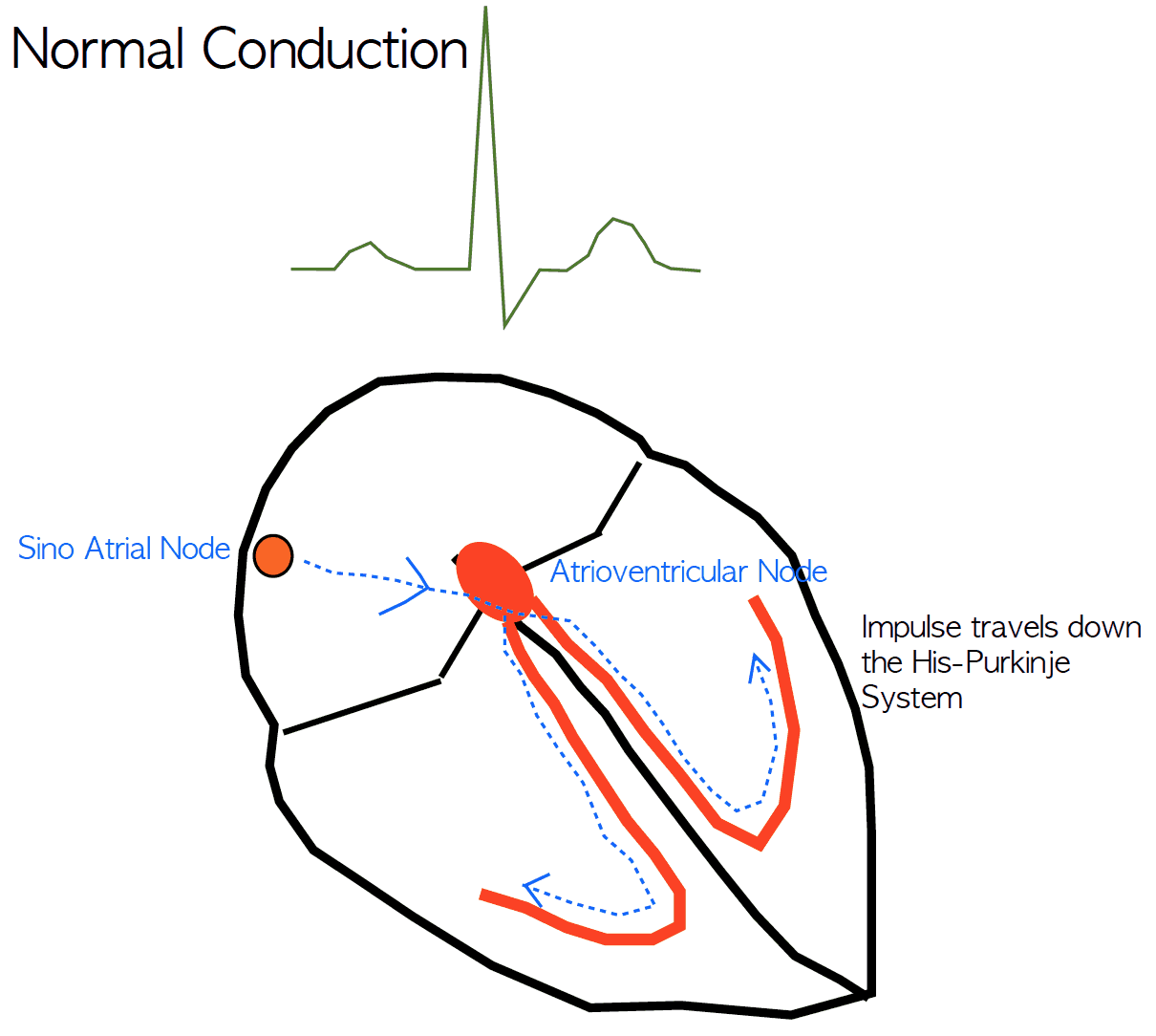
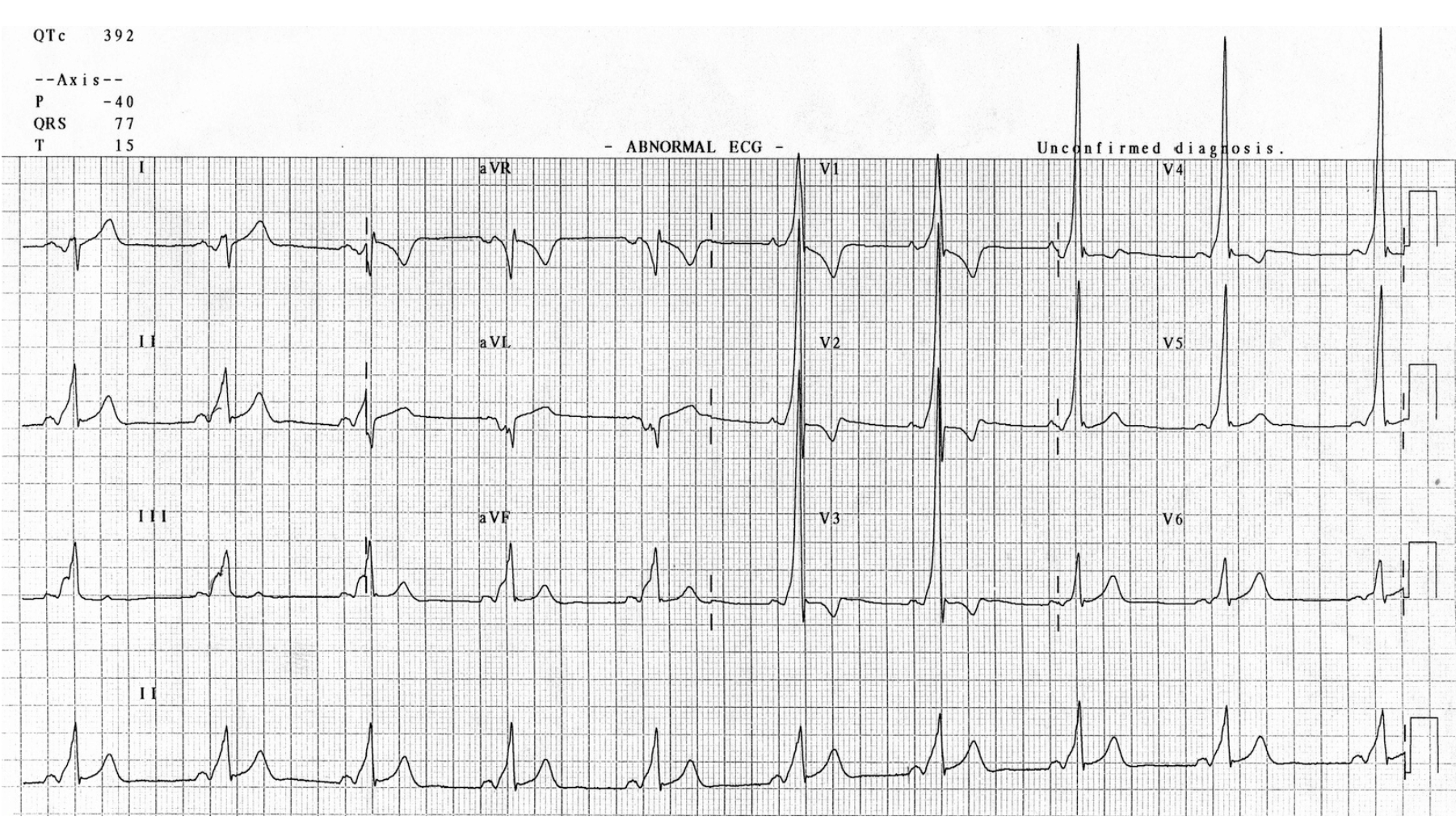
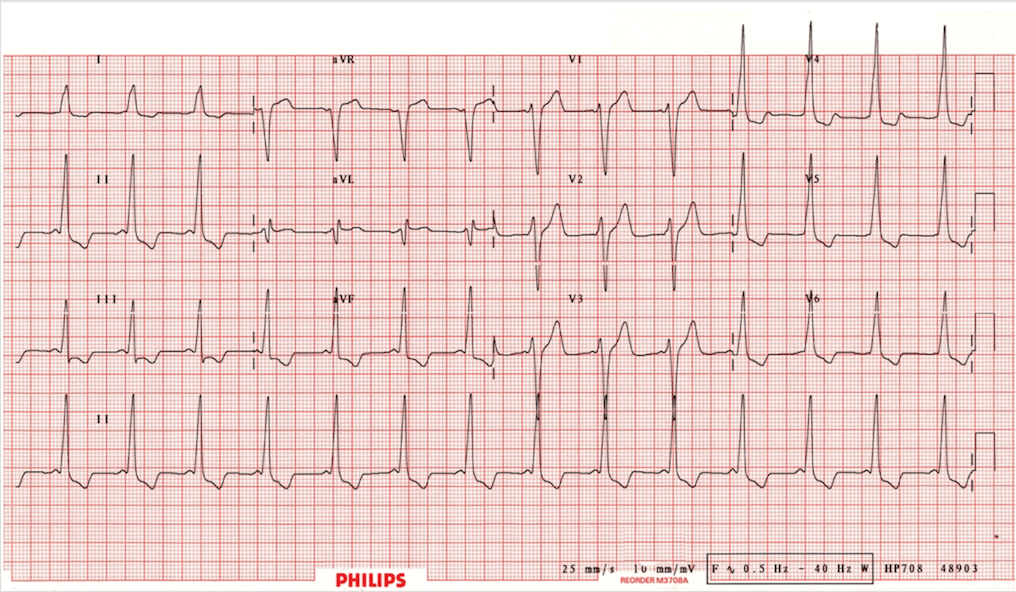


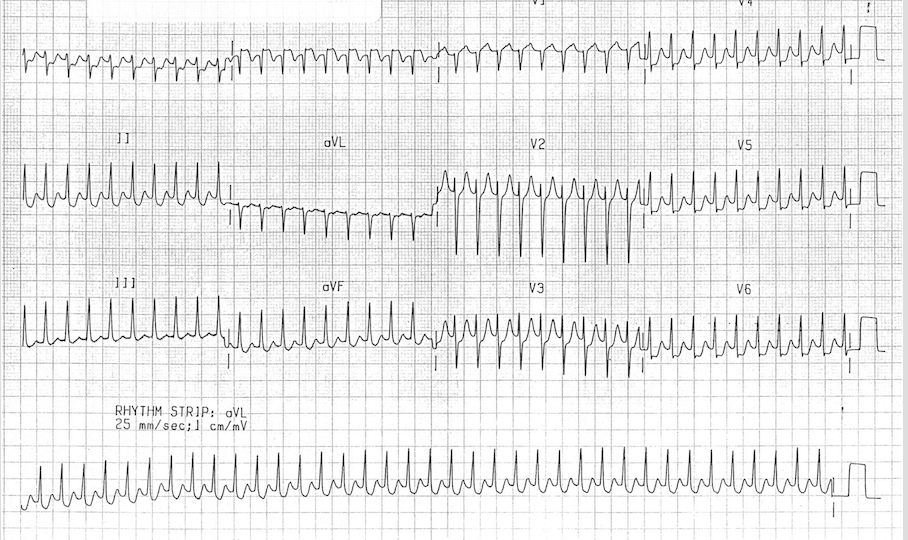




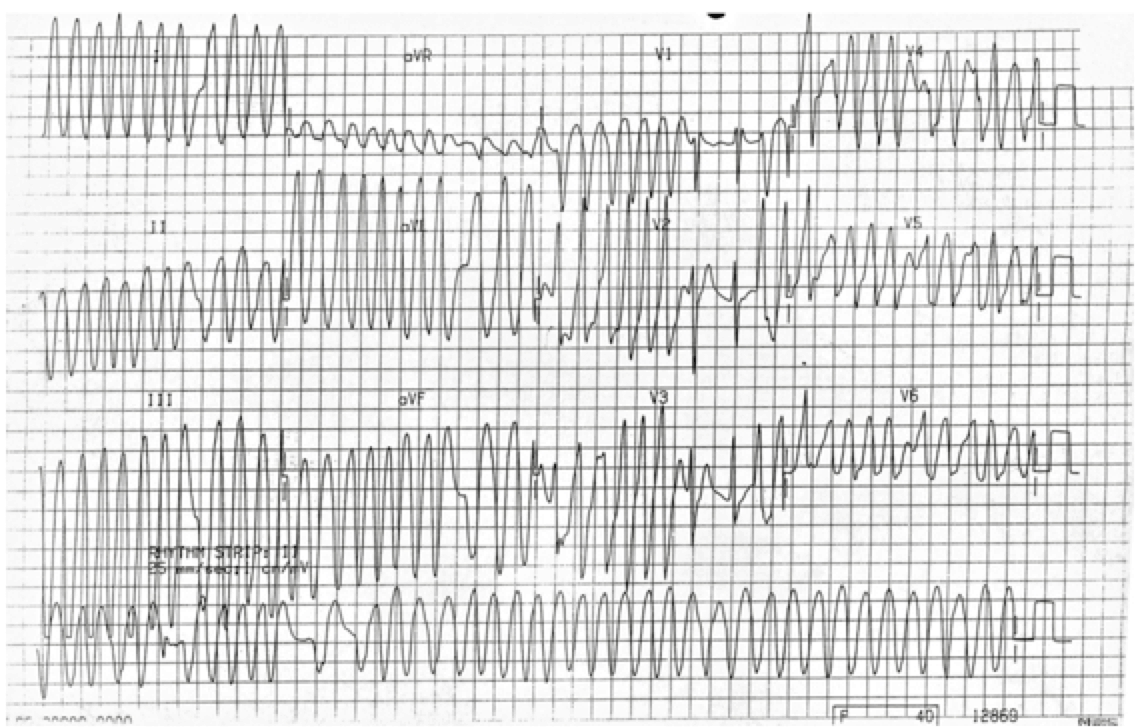
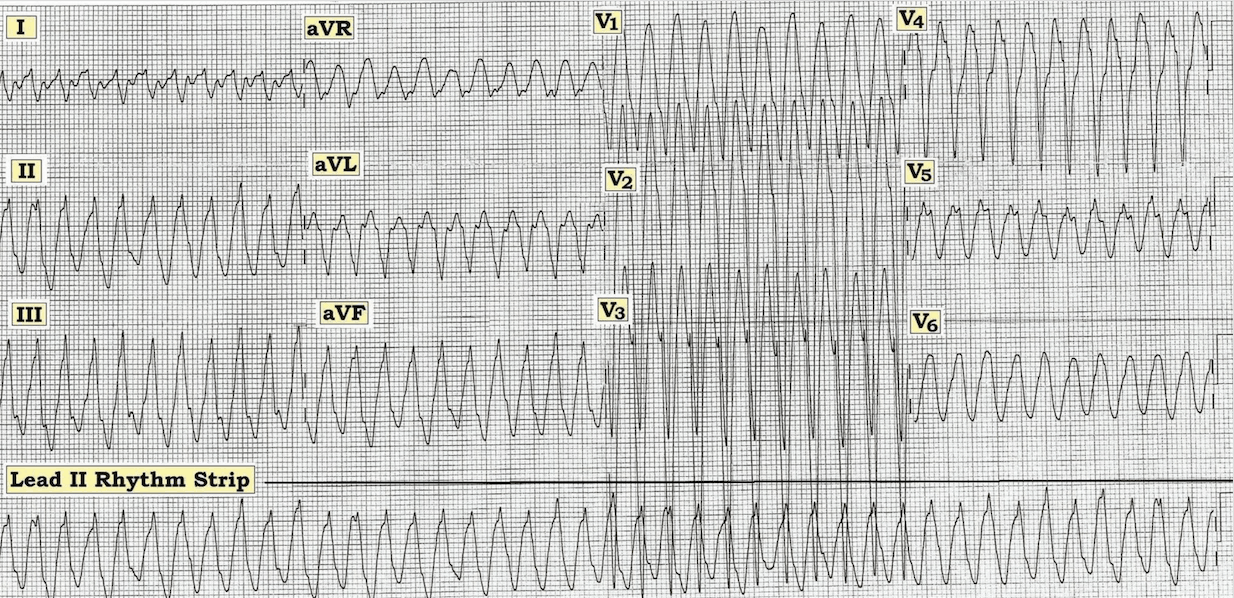









buy weed online
weed for sale
weed for sale
buy weed online
buy runtz weed online
moon rock weed
mail order weed for sale
moon rocks for sale
stiiizy pods
buy weed online USA on google
thc bulk supplies
thc vapes for sale 00
cheap online dispensary shipping usa
pre roll backwoods
tko carts
marijuana flower
buy marijuana online without medical card
brass knuckles
buy thc wax online
order weed online
dab rigs and bongs for sale
dab carts